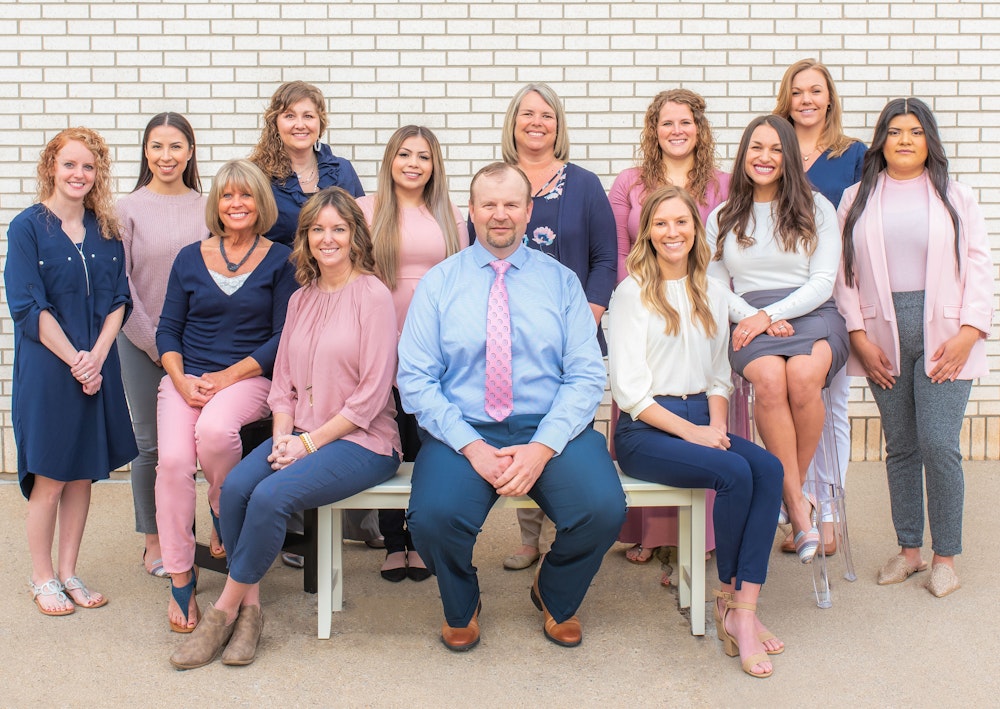The History of Dentistry: How Far the Field Has Come
 Our practice offers advanced and comprehensive general dentistry treatments, each focused on improving dental health and the aesthetics of a smile. This represents the latest that modern dental care has to offer.
Our practice offers advanced and comprehensive general dentistry treatments, each focused on improving dental health and the aesthetics of a smile. This represents the latest that modern dental care has to offer.
Looking at where dentistry began, it's rather fascinating how far it's come. Let's take a moment to look at the interesting origins of dental care and the key innovations in the history of dentistry.
BCE and AD: Dentistry in the Ancient World
The first records of dental health and dentistry as a profession date back before the common era.
In 5000 BC, an ancient Sumerian text reveals early beliefs about dental pain and tooth decay. The Sumerians attributed these problems to "tooth worms".
In 2600 BC, the first known dentist shows up in the historical record. He was an Egyptian scribe named Hesy-Re. His tomb inscription described him as "the greatest of those who deal with teeth". The Ebers Papyrus (dated somewhere around 1700 BC to 1550 BC) offers some early Egyptian insights into dental diseases.
In Ancient Greece between 500 BC and 300 BC, both Hippocrates and Aristotle wrote about dental care. This included writings on tooth decay, gum disease, baby and permanent teeth, and tooth extraction. In 100 BC, a Roman medical writer named Celsus provided extensive pieces on proper oral hygiene and methods of treating toothaches.
One of the most surprising innovations in the ancient world occurred somewhere between 166 AD and 201 AD. During this time, the Etruscans created their own bridgework as well as golden dental crowns.
Dentistry in the Middle Ages
In 700, a Chinese text offers one of the first mentions of metal dental fillings that consist of "silver paste".
In 1210, French people establish a Guild of Barbers, which divides into two different groups. One group concerns itself with complex surgeries while the other performed more common services that include the extraction of teeth.
In 1530, the first book devoted to dentistry is published in Germany. The Little Medicinal Book for All Kinds of Diseases and Infirmities of the Teeth by Artzney Buchlein covers the basics of dental care and oral hygiene at the time.
Dentistry in the 18th Century
In 1723,The Surgeon Dentist by Pierre Fauchard is published. Fauchard's comprehensive insights into dental care leads many to consider him the Father of Modern Dentistry.
In 1746, Claude Mouton floats an idea of tooth-colored dental crowns for improved aesthetics.
Some time between 1768 and 1770, the one and only Paul Revere advertised his services as a dentist in a Boston newspaper.
In 1790, two major innovations are attributed to John Greenwood and Josiah Flagg. Greenwood developed a dental drill powered by a foot treadle like a spinning wheel. Flagg developed the adjustable dentist's chair for patients to sit in.
Dentistry in the 19th Century
Key innovations in dentistry took place in America during the 19th century.
The first dental care book in America was published in 1801. It was Treatise on the Human Teeth by Richard C. Skinner. In 1832, James Snell created the first reclining dental chair.
In the 1840s, ether began to be used as anesthetic during dentistry and surgeries. Dr. William Morton conducted a successful public demonstration of this practice in 1846.
In 1859, 26 dentists met in Niagara Falls and formed the American Dental Association (ADA).
Dr. Lucy Beaman Hobbs became the first woman to earn a dental degree in 1866. Dr. Robert Tanner Freeman became the first African American with a dental degree in 1869. Dr. Ida Gray, the first African American woman to earn a dental degree, earned her degree in 1890.
During the 1880s, toothpaste begins to be sold in tubes rather than bottles, pots, and boxes.
In the 1890, Dr. Willoughby Miller noted the link between bacteria and tooth decay. In 1896, Dr. C. Edmond Kells took the first dental x-ray of a living person. In 1899, Dr. Edward Hartley Angle noted the different forms of dental misalignment (malocclusion).
Dentistry in the 20th Century
In 1905, German chemist Alfred Einhorn develops a new innovation in anesthetic. The local anesthetic is known as procain, though it later became marketed as Novocain.
In 1930, the American Board of Orthodontics is founded. It's the world's first board dedicated to a dental care specialty.
In 1936, Vitallium, the first biocompatible metal, is developed by orthopedic surgeon Charles Venable. The following year, Alvin Strock would create a Vitallium dental screw, which is an important step forward in implant dentistry and oral surgery.
In 1938, the first nylon toothbrush with synthetic bristles is put on the market. The electric toothbrush would eventually be developed in the early 1960s.
Water fluoridation beings in 1945 in the cities of Grand Rapids, Michigan and Newburgh, New York. The first fluoride toothpastes would hit the market in the 1950s.
In the early 1960s, lasers are approved for periodontal treatments, though they would not become common for use until the later 20th century. In addition, the first composite resins for dental restorations are developed by Rafael Bowen in 1962.
In 1989, the first at-home teeth whitening product is released on the market for consumer use.
History Is Always in the Making
History is still being made, and the innovations of the 21st century involve the latest in laser technology, dental imaging, and more. If you're interested in these recent innovations, we would be more than happy to discuss them with you.
Learn More About Your Dental Care Options
For more information about the latest treatments in dentistry and how we can help you have a healthy and beautiful smile, be sure to contact our advanced dental care center today. We look forward to your visit and helping you smile with confidence.


